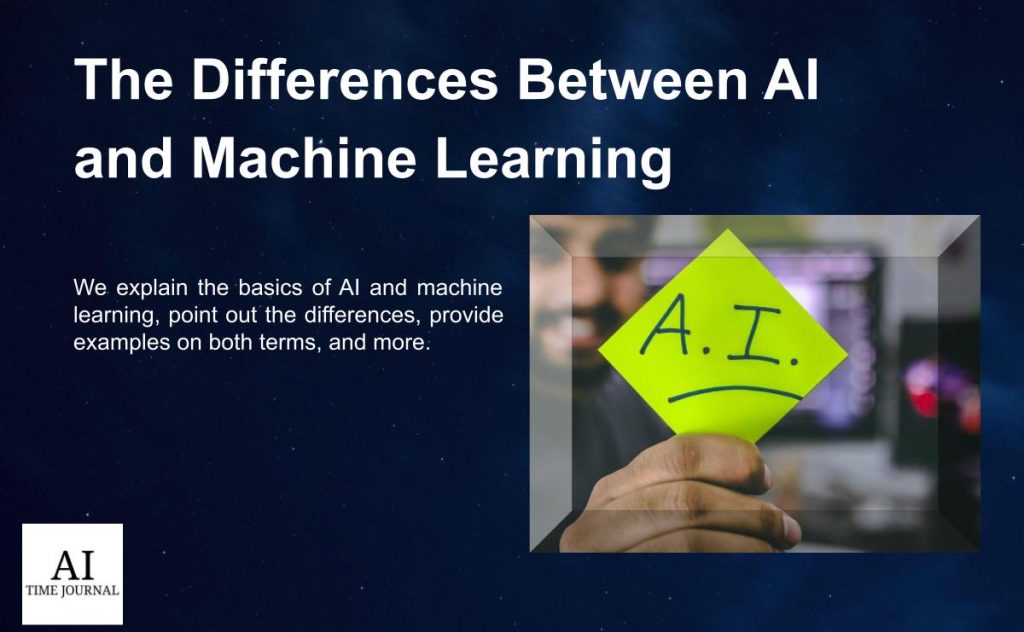
Contrary to what mass media might have you believe, artificial intelligence (AI) is not a new concept. AI was first mathematically conceptualized in 1950 by Alan Turing, a British polymath. Turing proposed that machines could use available information and logic to solve problems and make decisions the same way humans do. Although no tangible program came out of Turing’s speculations, Allen Newell, Cliff Shaw, and Herbert Simon soon proved that AI was not simply science fiction.
In 1955, Newell, Shaw, and Simon created the first “artificial intelligence” program, Logic Theorist. When presented at the Dartmouth Summer Research Project on Artificial Intelligence in 1956, it jumpstarted the research into this new technological field.
AI has advanced to become one of the largest research fields. It now encompasses sub-fields, namely:
- Machine Learning
- Deep Learning
- Neural Networks
- Cognitive Computing
- Natural Language Processing
- Computer Vision
This article will discuss AI and the first subfield, machine learning (ML). You may be familiar with both AI and ML, as they have become buzzwords in the media. Many often use AI and ML interchangeably, and the differences between the two can be confusing. Therefore, we will break down the difference between AI and ML to help you better understand the two.
For more on Artificial Intelligence, check out these articles: AI Sentience: How Could We Evaluate it? and Solving Common Conversational AI Project Issues.
What is AI?
Artificial intelligence is the concept of machines and computer systems simulating human intelligence and interactions. This broad definition encompasses all AI, from simple programs that can distinguish between images to advanced self-aware software. While self-aware AI is still a thing of science fiction, other types of AI have become incredibly advanced.
Today, AI technology is the backbone of numerous different software. It has been integrated into our daily lives so much that we might not even recognize that it is AI.
Some examples include:
- Mobile and Home Assistants (Apple’s Siri, Amazon Alexa, etc.)
- Customer Service Chatbot Assistants
- Self-Driving Cars (Tesla)
The applications of AI in our daily lives are endless.
What is Machine Learning?
As mentioned above, machine learning is a subfield of AI. It refers to AI that can “learn” and advance beyond its original programming. Machine learning programs use prior data and past experiences to solve problems and predict outcomes. This type of AI is considered the future of many data-driven processes.
Many industries use machine learning AI to help them streamline data analytic processes. However, machine learning is more than just predictive analysis. We also use machine learning technology in our everyday lives.
Some examples include:
- Recommendation Algorithms (Spotify’s Daily Mix Playlists, Facebook Ads)
- Facial Recognition
- Speech Recognition (Speech-To-Text, Voice Dialling)
What is the difference?
You can think about the difference between AI and ML, like the difference between a rectangle and a square. All squares are rectangles, but not all rectangles are squares. Similarly, all ML programs are AI, but not all AI is ML.
AI encompasses the broad field of machine intelligence technologies. Meanwhile, ML focuses on programs and machines that can learn beyond their original capabilities.
Future applications of AI and ML
AI and ML are already being used to process data, predict outcomes, and generate recommendations. As AI and ML become more advanced, this technology will continue to automate processes and improve daily tasks across numerous industries.
In the future, AI and ML will be able to process higher loads of data at faster speeds. As for predictive analysis, this allows AI to become more accurate at predicting outcomes based on larger sets of past data. For generating recommendations, processing more data will allow AI and ML to provide better-personalized experiences tailored to each consumer’s past data. These improvements will revolutionize many industries and enhance our daily lives. The potential of AI and ML is endless, and I for one, cannot wait to see what the future holds for AI and ML.
